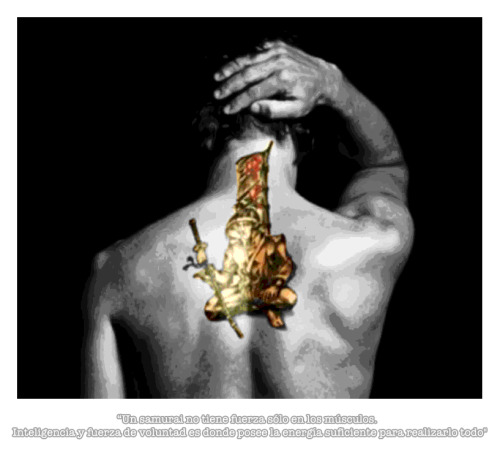- Login or Register
No account yet? Sign up

There is a certain romance about the whole thing. Even with this single paddle system its all fly-by wire. Im sure there is software that drops the clutch in a specific manor also even if the driver controls the biting point.Bence wrote:Am I the only one who wants to see mechanical clutch, throttle linkages and manual gearboxes?
There was a certain joyous perversion watching for example Jean Alesi's rocket starts...

I don't understand "B"9.2 Clutch control :
The following applies only to the main drivetrain clutch or clutches, any clutch used exclusively as part of an ERS is exempt.
9.2.1 If multiple clutch operating devices are used, they must all have the same mechanical travel characteristics and be mapped identically.
9.2.2 Designs which allow specific points along the travel range of the clutch operating device to be identified by the driver or assist him to hold a position are not permitted.
9.2.3 The minimum and maximum travel positions of the clutch operating device must correspond to the clutch fully engaged normal rest position and fully disengaged (incapable of transmitting any useable torque) positions respectively.
9.2.4 Designs or systems which in addition to typical inherent hydraulic and mechanical properties are designed to, or have the effect of, adjusting or otherwise influencing the amount, or rate, of engagement being demanded by the FIA ECU, are not permitted.
9.2.5 The amount by which the clutch is engaged must be controlled solely and directly by the driver with the exception of :
a) Stall prevention.
b) Gearshifts.
c) Bite point finder where brake pressure, wheel speed and driver clutch demand safeguards are used. (HUH???)
d) De-clutch protections.
e) Drivetrain protection on the track outside of any start lockout period or immediately following stall prevention activation only.
f) Test signals enabled only when the car is connected to the garage system.
The relationship between the clutch operating device in the cockpit and the amount of clutch engagement may be non-linear but must remain fixed.
9.2.6 When the clutch operating device is released from its maximum travel position it must return to its resting position within 50ms.
The maximum delay allowed, computed from the respective signals as recorded by the ADR or ECU, between the clutch driver control input signal and the corresponding output demand being achieved is 50ms.
9.2.7 Any device or system which notifies the driver of the amount of clutch slip or engagement is not permitted
Huh I never knew that. Looks like what 9.2.2 is referring to. Kind of bizarre, I mean that's how you operate a clutch.... by feel. And ok muscle memory too, but weird. So it's just a linear-resistance paddle?Tim.Wright wrote:Lewis says that about everything.
If I remember correctly there has long been a clause in the rulebook forbidding and mechanical/tactile 'indent' or similar in the clutch paddles to help the driver locate the bite-point.

I would imagine it's like a shorter travel of your typical hydraulic clutch, so not necessarily "linear" but they can't make a special "notch" in the feel to help the driver.BanMeToo wrote:Huh I never knew that. Looks like what 9.2.2 is referring to. Kind of bizarre, I mean that's how you operate a clutch.... by feel. And ok muscle memory too, but weird. So it's just a linear-resistance paddle?Tim.Wright wrote:Lewis says that about everything.
If I remember correctly there has long been a clause in the rulebook forbidding and mechanical/tactile 'indent' or similar in the clutch paddles to help the driver locate the bite-point.

That seems to be clutch algorithms that generate a map for the clutch based on the parameters mentioned, when the driver does his "bite point find." I know this used to be done by most if not all teams. The computer would adjust the clutch map for bite point based on all these after the driver feeds it data during the practice starts.strad wrote:I don't understand "B"9.2 Clutch control :
The following applies only to the main drivetrain clutch or clutches, any clutch used exclusively as part of an ERS is exempt.
9.2.1 If multiple clutch operating devices are used, they must all have the same mechanical travel characteristics and be mapped identically.
9.2.2 Designs which allow specific points along the travel range of the clutch operating device to be identified by the driver or assist him to hold a position are not permitted.
9.2.3 The minimum and maximum travel positions of the clutch operating device must correspond to the clutch fully engaged normal rest position and fully disengaged (incapable of transmitting any useable torque) positions respectively.
9.2.4 Designs or systems which in addition to typical inherent hydraulic and mechanical properties are designed to, or have the effect of, adjusting or otherwise influencing the amount, or rate, of engagement being demanded by the FIA ECU, are not permitted.
9.2.5 The amount by which the clutch is engaged must be controlled solely and directly by the driver with the exception of :
a) Stall prevention.
b) Gearshifts.
c) Bite point finder where brake pressure, wheel speed and driver clutch demand safeguards are used. (HUH???)
d) De-clutch protections.
e) Drivetrain protection on the track outside of any start lockout period or immediately following stall prevention activation only.
f) Test signals enabled only when the car is connected to the garage system.
The relationship between the clutch operating device in the cockpit and the amount of clutch engagement may be non-linear but must remain fixed.
9.2.6 When the clutch operating device is released from its maximum travel position it must return to its resting position within 50ms.
The maximum delay allowed, computed from the respective signals as recorded by the ADR or ECU, between the clutch driver control input signal and the corresponding output demand being achieved is 50ms.
9.2.7 Any device or system which notifies the driver of the amount of clutch slip or engagement is not permitted